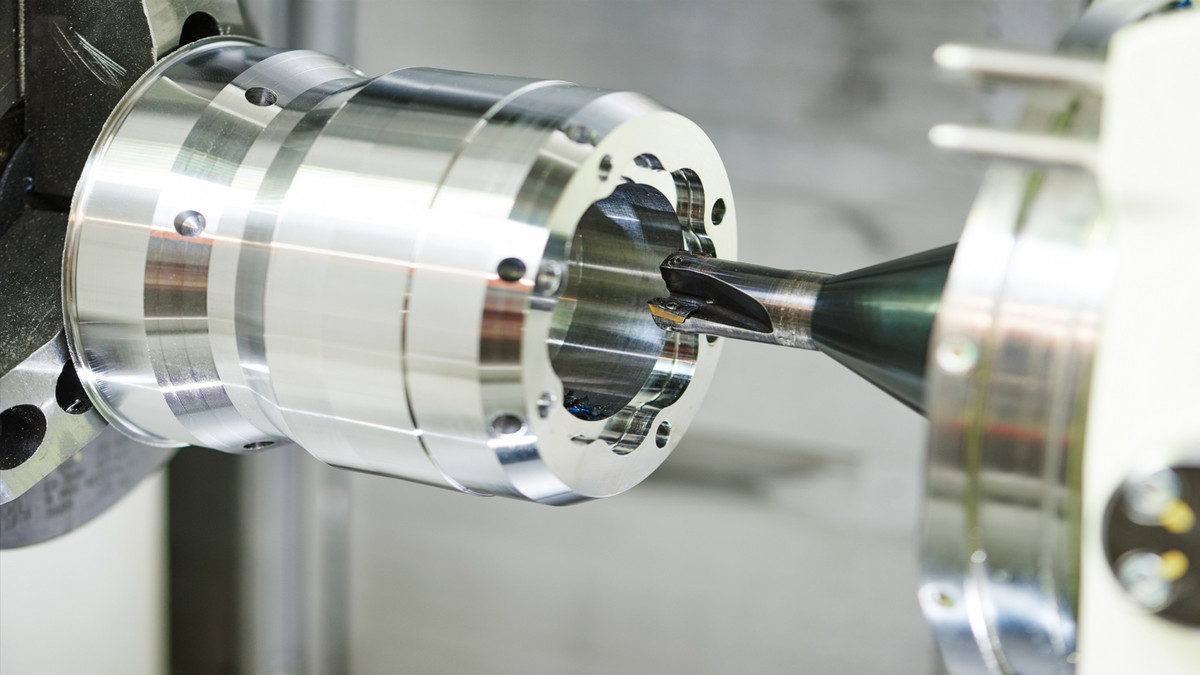In machining manufacturing, drilling machine technology plays a pivotal role in shaping the efficiency and precision of the industry. The integration of artificial intelligence (AI), machine learning (ML), and the Internet of Things (IoT) along with Industry 4.0 in drilling operations has been driving enhanced precision and overall productivity.
Automated Drilling Technology: AI and ML Integration
Automated drilling technology, artificial intelligence, and machine learning are rapidly transforming machining manufacturing processes. AI algorithms in automated drilling machines can analyze complex data sets in real-time, adapting drilling parameters to specific materials, depths, and environmental conditions.
IoT enables seamless connectivity between machines, sensors, and data analytics platforms, creating a network of drilling operations that communicate and collaborate in real-time. Machine learning enables drilling machines to continuously improve their performance over time. By learning from each drilling operation, these machines can optimize parameters such as speed, feed, and tool engagement.
Real-time Data Monitoring for Performance Optimization
Sensors embedded in drilling machines capture a wealth of information, ranging from temperature and vibration to torque and tool wear and leverage IoT connectivity to enable real-time data monitoring.. This data is then transmitted to a centralized system, where it is analyzed using advanced analytics algorithms. Operators can track drilling parameters instantaneously, allowing for immediate adjustments to optimize performance. For example, if a drill encounters a hard spot in the material, the machine can automatically adjust its parameters to avoid tool wear and maintain efficiency. This connectivity and remote data analytics capabilities also minimizes the need for on-site personnel in potentially hazardous environments.
One notable application of AI in drilling is predictive maintenance. By continuously monitoring equipment performance, AI algorithms can predict potential issues before they lead to downtime. This proactive approach minimizes unexpected breakdowns, extends machine lifespan, and ultimately enhances overall productivity.
Precision in Drilling Processes
In machining manufacturing, accurate hole placement, size, and surface finish are crucial for components that require exact specifications. Two notable advanced technologies in precision drilling are laser-guided systems and computer-controlled movements.
Laser-Guided Systems
Laser-guided systems utilize lasers to project a guide path, ensuring that the drill follows the intended trajectory with unparalleled accuracy. This technology is particularly valuable in industries where micrometer-level precision is required.
In aerospace manufacturing, components such as aircraft wings, turbine blades, and fuselage panels require precisely drilled holes to maintain the structural integrity of the aircraft. Laser-guided systems and CNC technology play a pivotal role in achieving the level of precision necessary for aerospace applications.
Computer-Controlled Movements
Computer Numerical Control (CNC) technology enables operators to program drilling parameters with exact specifications. This level of control minimizes human error and enhances overall efficiency.
In the medical industry, companies such as Johnson & Johnson, engaged in the production of medical implants, surgical instruments, and diagnostic equipment that require precision when drilling holes in challenging materials like titanium, utilize CNC-controlled drilling. This technology ensures exact placement and dimensions needed for implants that seamlessly integrate with the human body.
Tips for Maintaining and Calibrating Drilling Machines for Optimal Precision
Maintaining optimal precision in drilling machines requires a proactive approach to calibration and upkeep. Here are some practical tips:
Regular Maintenance Checks
Routine maintenance checks include inspecting and lubricating moving parts, checking the alignment of the drill head, and ensuring that all components are in good working order. Regular maintenance helps prevent wear and tear that could compromise precision.
Regular Calibration:
Schedule regular calibration to ensure that drilling machines are operating within specified tolerances. Calibration should encompass all relevant parameters, including speed, depth, and tool alignment.
Lubrication and Maintenance:
Proper lubrication of moving parts is essential to prevent friction-induced inaccuracies. Regular maintenance, including the replacement of worn components, ensures that the machine operates at peak precision.
Operator Training
Well-trained operators are key to achieving precision in drilling processes. Proper training ensures that operators understand the capabilities of the drilling machine, know how to program it for specific tasks, and can troubleshoot issues that may arise during operation. Ongoing training programs keep operators up-to-date with the latest technologies and best practices.
Future Trends and Innovations in Drilling Machine Applications
Several trends and innovations are shaping the future of drilling machine applications:
Industry-Specific Customization: Drilling machines are likely to become more specialized for industry-specific applications, with customized features and capabilities tailored to the unique requirements of sectors such as aerospace, medical, and electronics.
Advanced Materials Exploration: Specialized drills and techniques are being developed to handle materials like composites, ceramics, and superalloys, maintaining precision in these challenging materials.
Nanotechnology Integration: Nanotechnology is particularly relevant in industries such as electronics and microelectronics, where components are becoming smaller and more intricate.
Robotics and Automation: Robotics and automation can consistently achieve precision, eliminating the risk of human error.
Integration of Artificial Intelligence: AI algorithms are continually being developed to optimize drilling operations, predict equipment maintenance needs, and adapt in real-time to changing conditions.
Unconventional Drilling Methods
Techniques such as vibration-assisted drilling and ultrasonic drilling are being explored for their potential to improve efficiency and precision. These methods introduce innovative ways to overcome challenges related to material hardness and complex geometries.
As technology continues to advance, these innovations will ensure that drilling machines meet the exacting standards of diverse industries, assuring unparalleled accuracy and efficiency in manufacturing processes.







.png)






